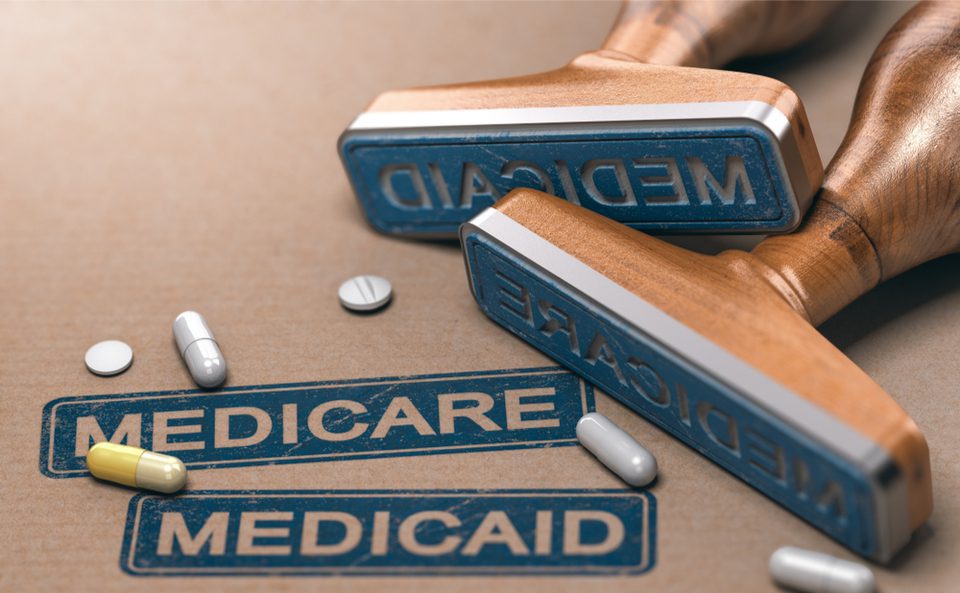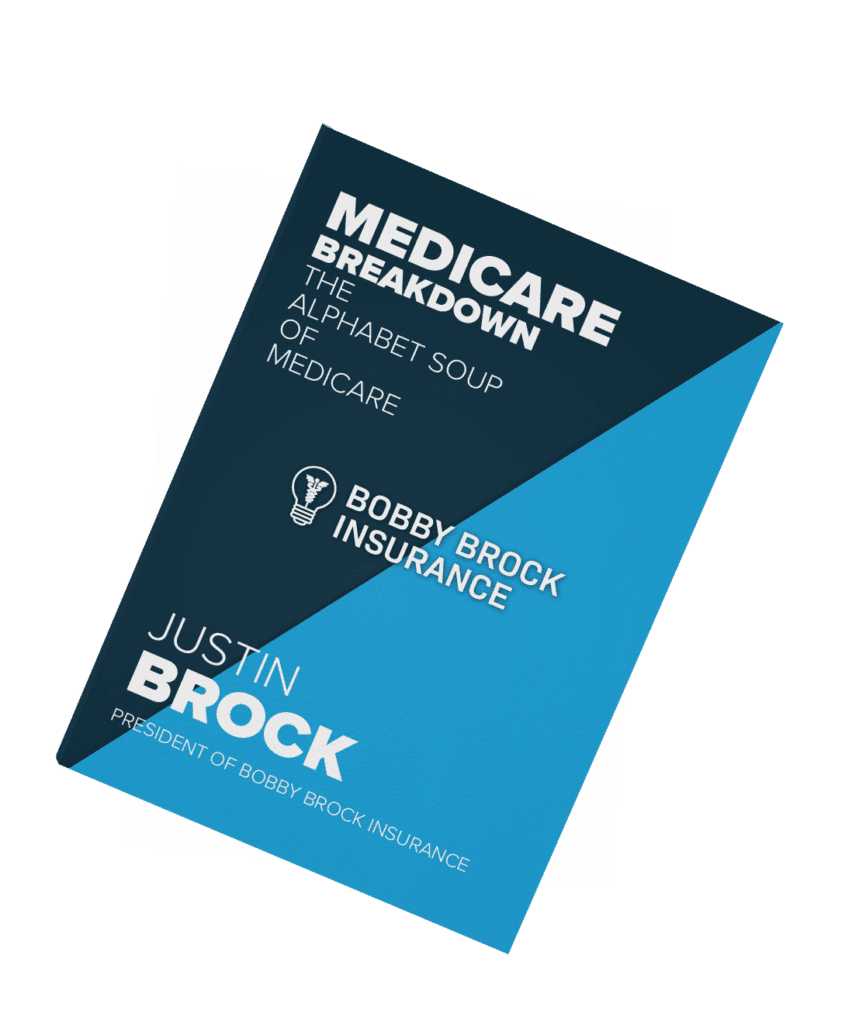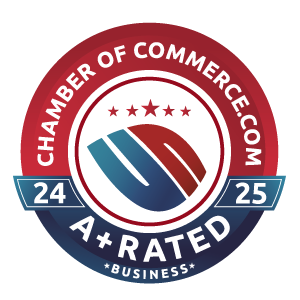Medicare and Medicaid are terms that are often confused because they sound similar. They are both health insurance programs administered by the government. The difference is Medicare is a health insurance plan provided by the federal government for people over 65, disabled, or those who have chronic kidney disease. Medicaid is a program for low-income people funded by a state and federal government partnership. Qualifications and benefits for the two are quite different.
Medicare Qualifications and Coverage
Medicare provides health insurance to over 40 million Americans. There are no income requirements to qualify. You must
- be 65 years of age,
- on Social Security disability for at least two years,
- or diagnosed with end stage renal disease.
Medicare consists of Hospital (Part A) and Medical (Part B). Part A is for inpatient hospital care, and Part B is for outpatient Medical care such as doctor visits, tests, therapy, ER, and outpatient services. It was expanded in 2003 to include coverage for prescription drugs (Part D). It provides limited coverage for up to 100 days in an in-patient rehab facility if needed for recovery. To qualify, you must have been confined to a hospital for at least 3 days and be admitted the facility within 10 days of discharge. Nursing home care is considered custodial care and is not covered by Medicare. However, it is widely accepted by most hospitals, doctors, and other providers.
Medicare offers a variety of options for coverage. Traditional Medicare or Medicare Advantage.
Traditional Medicare is a fee-for-service plan. It gives you the most freedom to choose your doctor. You may purchase a Medigap policy to pay your copays, deductibles, and the 20%. You can also purchase it for prescription drugs, dental, vision, hearing, and cancer. This option costs more premium each month, but provides the lowest out of pocket expense.
The other option is a Medicare Advantage Plan, also known as Part C. A Part C plan is an all in one option that can include prescription drugs and may include coverage for dental, vision, hearing, rides to doctor appointments, and sometimes over the counter medical supplies. You cannot purchase a Medigap policy with an Advantage plan, but you can purchase an out of pocket protection plan to pay some of the out of pocket expense. Part C plans usually have a network of providers that you need to use for the lowest costs. Some plans don’t provide coverage for out of network coverage except in the case of emergency.
Advantage plans generally have a lower premium but more exposure to out of pocket expense – up to $10,000 out of pocket per year. However, if you have Medicare and Medicaid you may be eligible for a plan with $0 premium and $0 out of pocket.
Medicaid Qualifications and Coverage
Medicaid is the largest health insurance program in the United States. Together, Medicaid and the Children’s Health Insurance Program (CHIP) provide coverage to over 70 million Americans. There are very strict requirements to qualify for Medicaid including both income and asset tests. Requirements vary by state and by need. For example, the income and asset tests that apply to a nursing home resident are different than that of a low-income family with children or a low-income elderly couple that live at home. You should request information from your state Medicaid Division for specific requirements. For instance, if you live in Mississippi you can google “Mississippi Medicaid” which will give you the option to go to https://medicaid.ms.gov.
Medicaid is a health insurance plan provided by a state and federal government partnership for
- low-income individuals and family members,
- the elderly,
- low-income pregnant women and children,
- people who are receiving SSI,
- children with autism,
- people with Cerebral Palsy,
- HIV/AIDS,
- mental illness,
- and nursing home residents.
Medicaid also provides benefits for low-income Medicare beneficiaries to help with Medicare cost sharing. Depending upon income and asset levels, Medicaid can cover just the Part B Medicare premium, or it can cover the Medicare copays and coinsurance as well as reducing the copays and deductibles for prescription drugs under Medicare Part D. Medicaid is not as widely accepted as Medicare because the lower reimbursement rate to healthcare providers. However, people who have Medicare and Medicaid may be eligible for a “Dual Eligible” Advantage plan that provides $0 copays and $0 premiums.
You can search for plans in your area on www.medicare.gov, or you can instantly get more specific information and help enrolling from a professional Medicare broker by calling 662-844-3300 or visiting bobbybrockinsurance.com.
Related Blog Posts
-
After personally talking to thousands of Medicare beneficiaries, I've seen just about everything you can imagine. And some of the…
-
While many focus on the dwindling Social Security funds, a more pressing matter is looming - the solvency of the…













